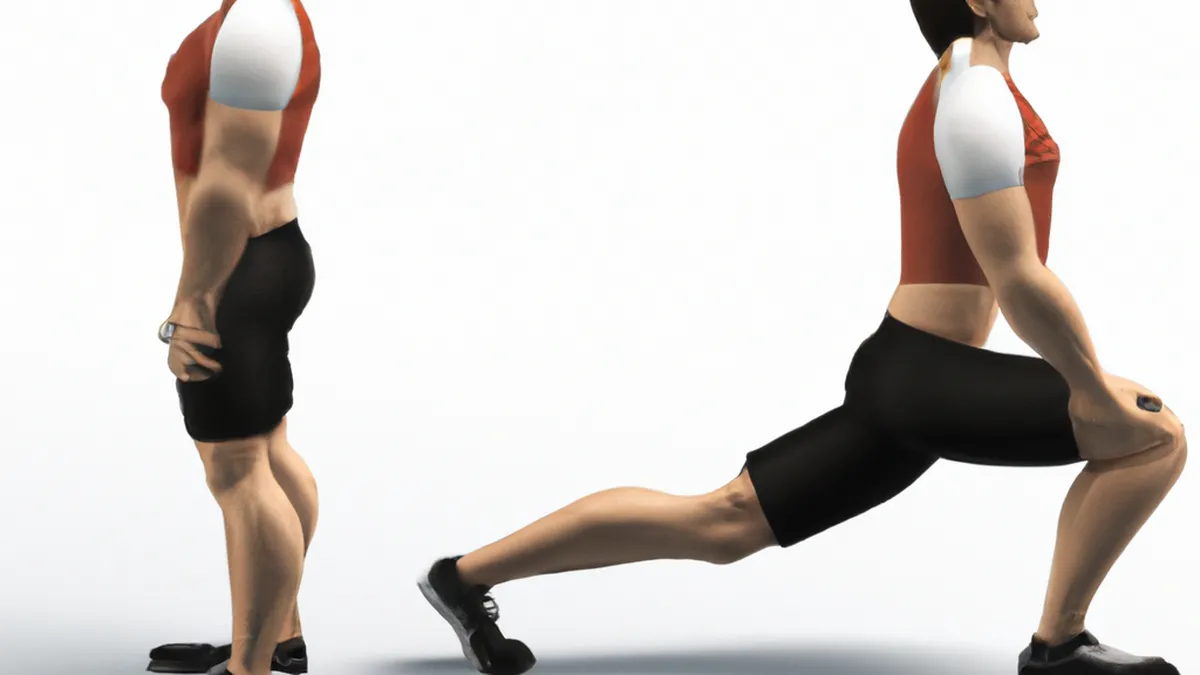The Benefits of PNF Stretching for Functional Fitness
The Benefits of PNF Stretching for Functional Fitness
Functional fitness enhances daily movements and overall physical performance. Flexibility plays a crucial role alongside strength training and cardiovascular fitness. Proprioceptive Neuromuscular Facilitation (PNF) stretching effectively boosts flexibility, prevents injuries, and enhances athletic performance. This blog explores PNF stretching benefits, offers practical tips, and advises on incorporating it into your routine.
What is PNF Stretching?
PNF stretching combines stretching and contracting the targeted muscle group. It usually requires a partner, but solo variations exist. This method engages the nervous system to promote greater flexibility than traditional static stretching. By stimulating proprioceptors in muscles and tendons, PNF stretching enhances your range of motion.
The Science Behind PNF Stretching
PNF stretching relies on reciprocal inhibition. When you contract one muscle group, its opposing group relaxes. For example, contracting your quadriceps relaxes your hamstrings, allowing for a deeper stretch. This neurological response makes PNF stretching effective for improving flexibility and range of motion.
How to Perform PNF Stretching
**1. Choose the Right Partner**
A partner is essential for beginners. Ideally, this person should have experience with PNF stretching. If you lack a partner, use a wall or resistance band for some stretches.
**2. Warm Up First**
Warm up your muscles before PNF stretching. Engage in light cardiovascular activity for 5-10 minutes. Jogging, cycling, or dynamic stretches increase blood flow and prepare your muscles for stretching.
**3. Follow the Contract-Relax Method**
The contract-relax technique is the most common method of PNF stretching. Follow these steps:
1. **Stretch**: Hold a gentle stretch for 10-15 seconds to prepare the muscle.
2. **Contract**: Contract the muscle for 5-10 seconds against your partner’s resistance. Ensure the contraction is strong but not painful.
3. **Relax**: After contracting, relax the muscle. Let your partner deepen the stretch for 10-15 seconds.
4. **Repeat**: Repeat this process 2-3 times for each muscle group.
Tips for Effective PNF Stretching
1. Communicate with your partner.
2. Focus on breathing during stretches.
3. Avoid bouncing or jerking movements.
4. Listen to your body and avoid pain.
Conclusion
PNF stretching offers numerous benefits for flexibility and overall functional fitness. Incorporate it into your routine for better performance and injury prevention.
Below are related products based on this post:
FAQ
What is the main purpose of PNF stretching?
PNF stretching aims to enhance flexibility by combining stretching and contracting the targeted muscle group. This method engages the nervous system to achieve greater flexibility than traditional static stretching, ultimately improving your range of motion and athletic performance.
Do I need a partner to perform PNF stretching?
While having a partner is beneficial, especially for beginners, it is not strictly necessary. You can use a wall or resistance band for certain stretches if you do not have a partner available.
How can I ensure I perform PNF stretching safely and effectively?
To ensure safe and effective PNF stretching, warm up your muscles beforehand, communicate clearly with your partner, focus on your breathing, avoid bouncing movements, and always listen to your body to prevent pain or injury.















Post Comment